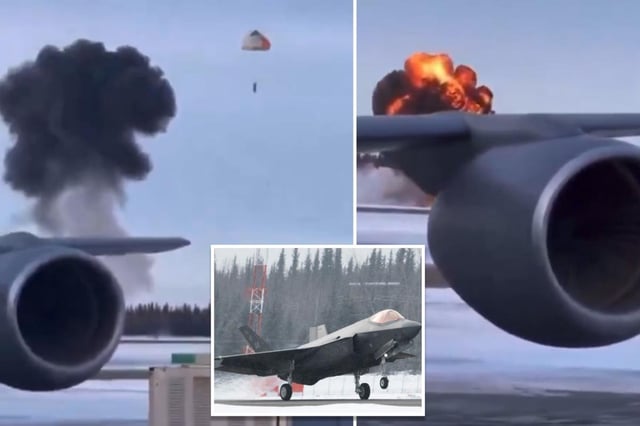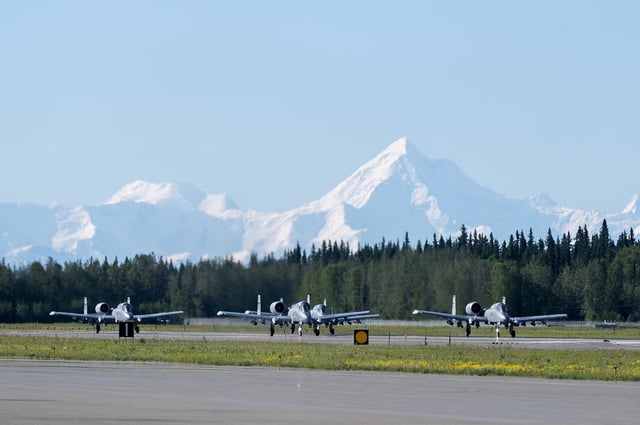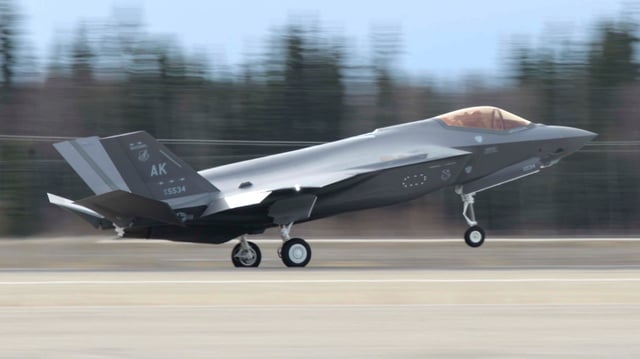Overview
- The Accident Investigation Board found ice in landing-gear struts triggered false Weight‑on‑Wheels signals that switched the jet into ground control laws in flight, leading to loss of control.
- For about 50 minutes the pilot coordinated by phone with Lockheed Martin engineers and then attempted two touch‑and‑go landings before ejecting.
- The pilot sustained minor injuries after ejecting safely, and the aircraft was destroyed with the loss valued at about $196.5 million.
- Investigators reported roughly one‑third water in recovered strut fluid and cited contaminated servicing equipment, unsecured barrels, patchy records, and staffing shortfalls within the unit.
- A similar frozen‑fluid landing‑gear issue occurred on another Eielson F‑35 nine days later, and the report noted prior 2024 Lockheed guidance warning of cold‑weather WoW risks that could affect controllability.



